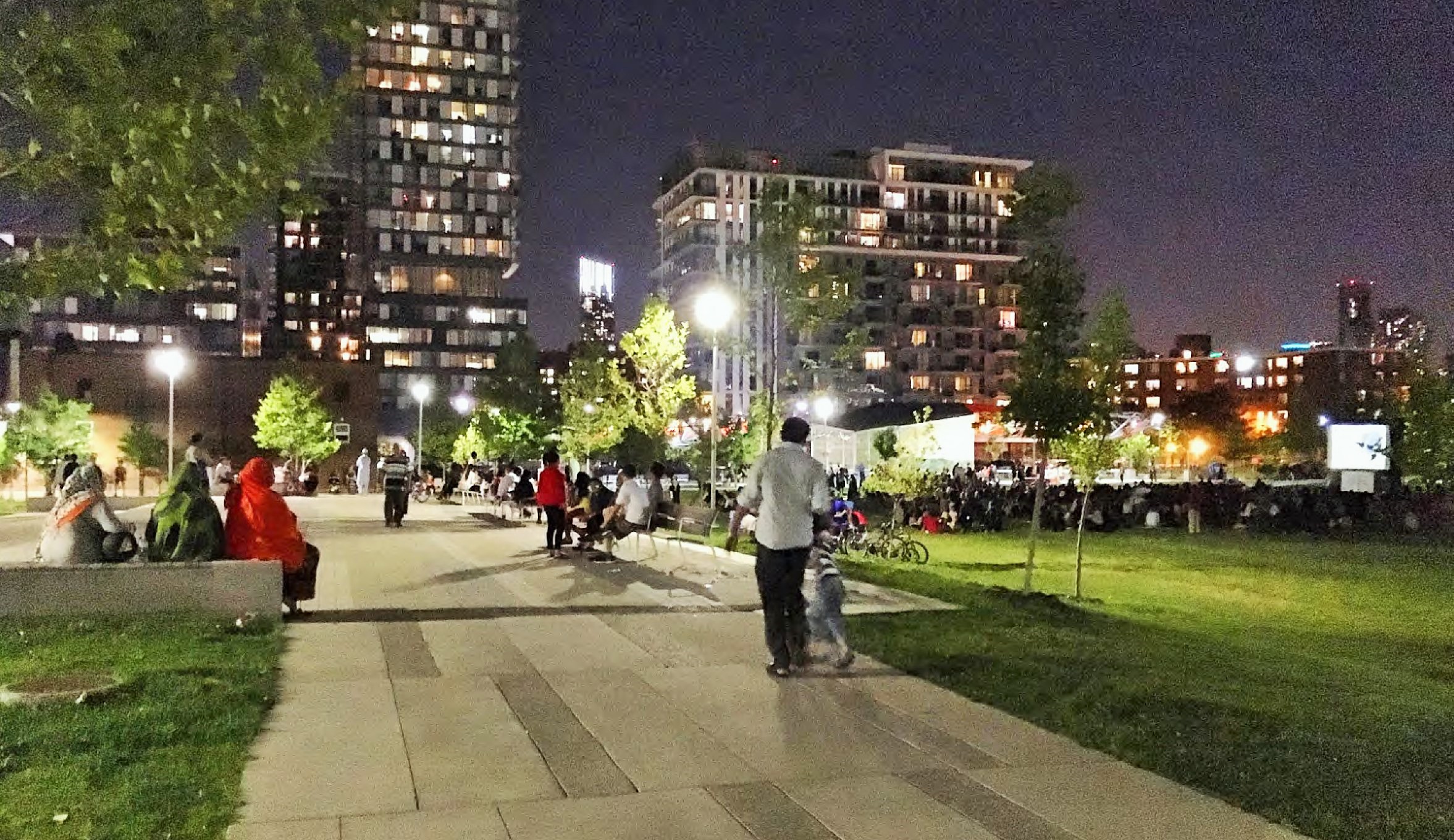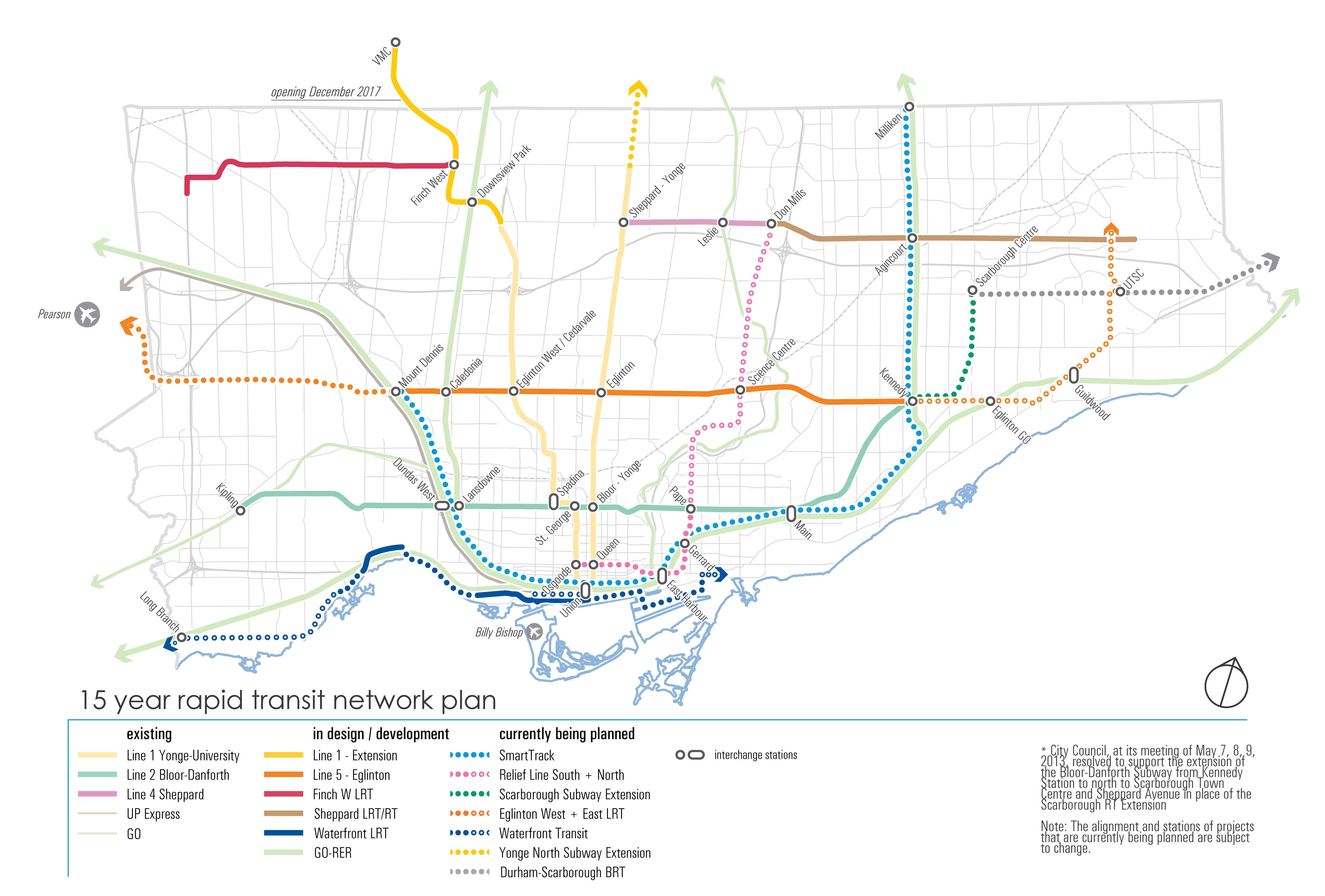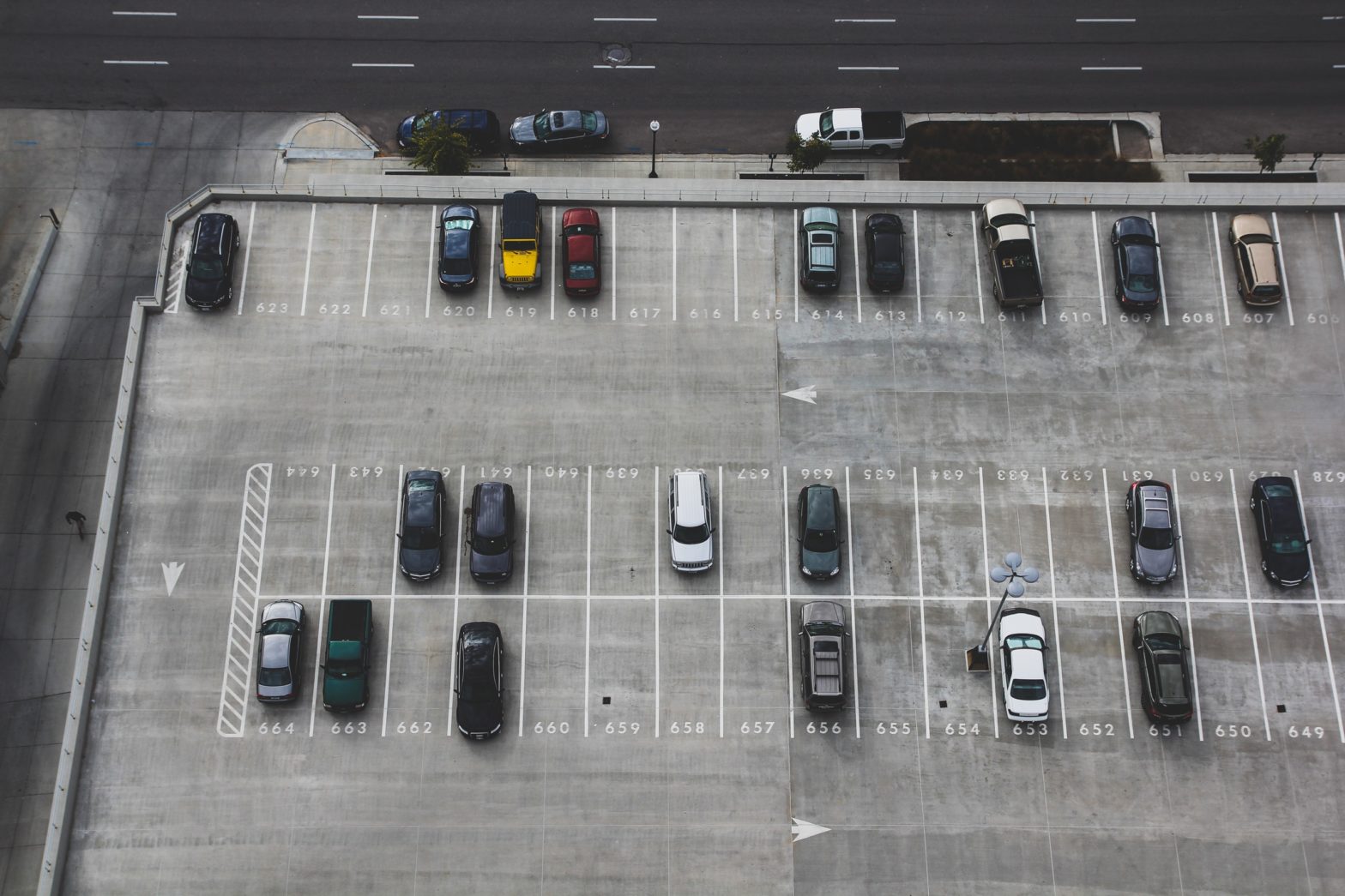
Photo: Featured-Picture
Advocating for a more liveable city
23 November 2017
Jennifer Keesmaat is well aware of the multi-generational mindset that’s required in order to bring about positive, lasting change to a major metropolis. As Toronto’s outgoing chief city planner, she’s the first to admit that her greatest accomplishments are less about bringing big projects to fruition, and more about introducing policy shifts to dramatically transform Toronto into a more liveable city over time.
The Complete Streets guideline Keesmaat advocated for, will help make Toronto a more pedestrian, bike and transit friendly city. While the guidelines may not turn Toronto into a biking mecca on the scale of cities such as Copenhagen or Amsterdam, they will in Keesmaat’s words “ensure the most vulnerable users–the cyclists and pedestrians, are prioritised” in any future street design or redesign. Many would argue this represents a 180 degree shift in mindset for such a car-centric city.
While Complete Streets will help to get more residents off the roads and onto sidewalks and bike lanes, the city’s Transit Network Plan is another essential policy in support of new subway and light rail transit lines.
“The biggest problem we need to solve in our suburbs is transit… and the Transit Network Plan is really about the gaps in transit” says Keesmaat, in reference to meeting the transportation needs of a population that is spread out over 630 square kilometres. With the number of residents up 6 percent since 2011 and with travel demands going into the downtown up 80 percent in recent years, parts of Toronto’s current transit system (a combination of subway lines, streetcars and buses) are expected to max out in 10 to 15 years. Which explains why one of the most critical components of the Transit Network Plan is appropriately named the Relief Line, which would add a third subway line and eight additional stops at an estimated cost of CAD$6.2-8.3 billion (€4.2-5.6 billion). An environmental assessment of the line is expected to be completed by early to mid-2018, and if all of the pieces fall into place, the line is expected to be completed by 2031.
Growing Up and RAC (Residential Apartment Commercial Zone) are two other initiatives Keesmaat championed which will have an immediate impact on quality of living in Toronto, which has more high rise buildings (2,373) than Chicago, Los Angeles and Houston combined. Growing Up: Planning for Children in New Vertical Communities will ensure any future residential developments address the fact many young families don’t own cars. This policy will help ensure that amenities such as stroller parking, bike parking and ready access to local schools and daycares will be incorporated in the early stages of any new project planning.
“We know that in order to become a more sustainable city, we need to get more vertical. And if we are more vertical, we need to design better high rise buildings in terms of the layout (of the buildings and homes) to make them better for families. Because we know many young families don’t want to own a car. So if we design our communities right, we’ll be providing the opportunity for that to take place (families not needing a car),” says Keesmaat.

She also takes great pride in the Residential Apartment Commercial zoning initiative, a visionary move designed to expedite private sector reinvestment and allow over 400 Toronto apartment buildings to incorporate food markets, shops and small businesses into neighborhoods that were previously residential only. “It’s an initiative that’s about every community in the city being a complete community and a great environment to live in,” says Keesmaat. Currently, a large percentage of the buildings affected are desolate, single use residential blocks, where residents lack essential amenities at their doorstep. With RAC in place “the private sector now needs to come to the table and run with the opportunity (to introduce commercial and retail),” observes Keesmaat. If that happens, “RAC will go down in history as one of these really significant transformative moments,” for Toronto.
RAC is just one of several policy shifts under Keesmaat’s watch designed to help make Toronto a healthier, more liveable city. It’s all about positive, incremental growth that takes time. And Keesmaat wouldn’t have it any other way.
WORDRAP
I see myself… first and foremost as a professional planner
My job… isn’t to be political. My job is to represent public interests. Long term public interests. Long term public interests bumps up against short-term politics.
Looking back, I feel grateful for being able to get away with being outspoken.













